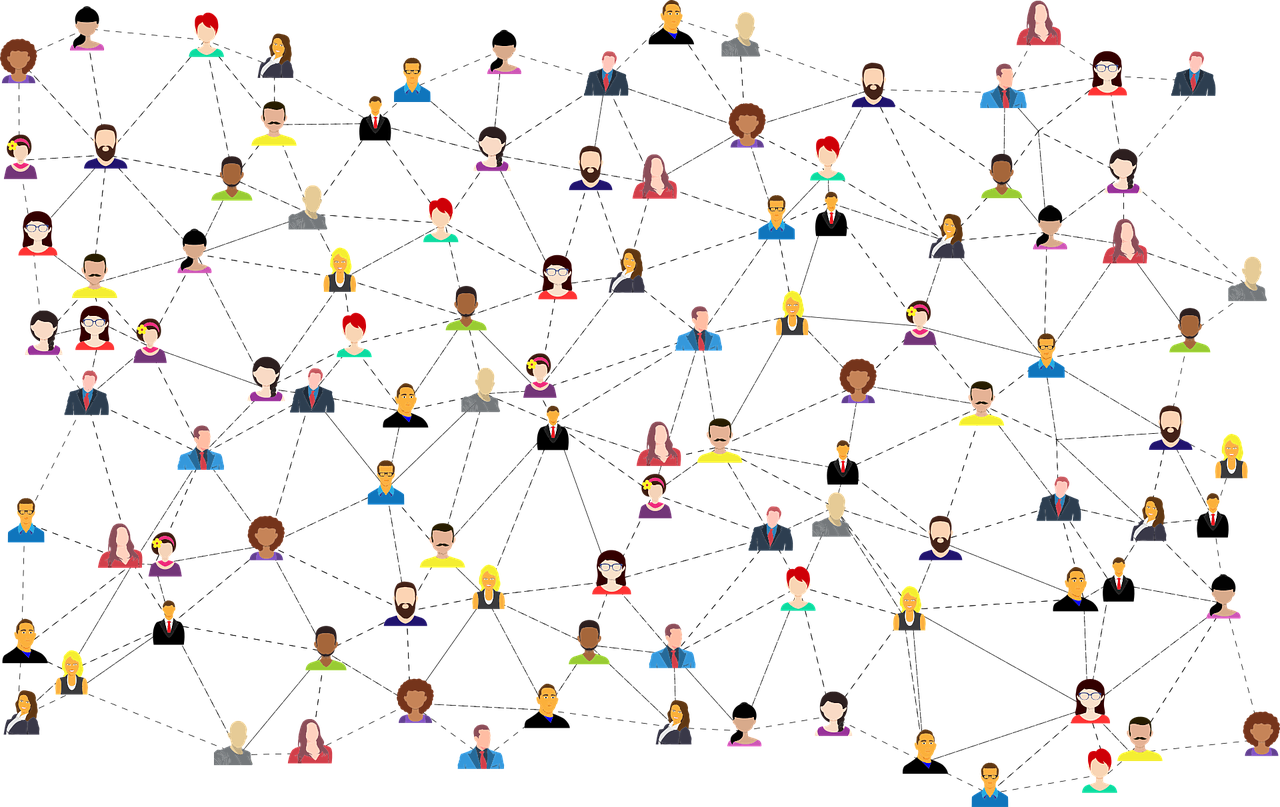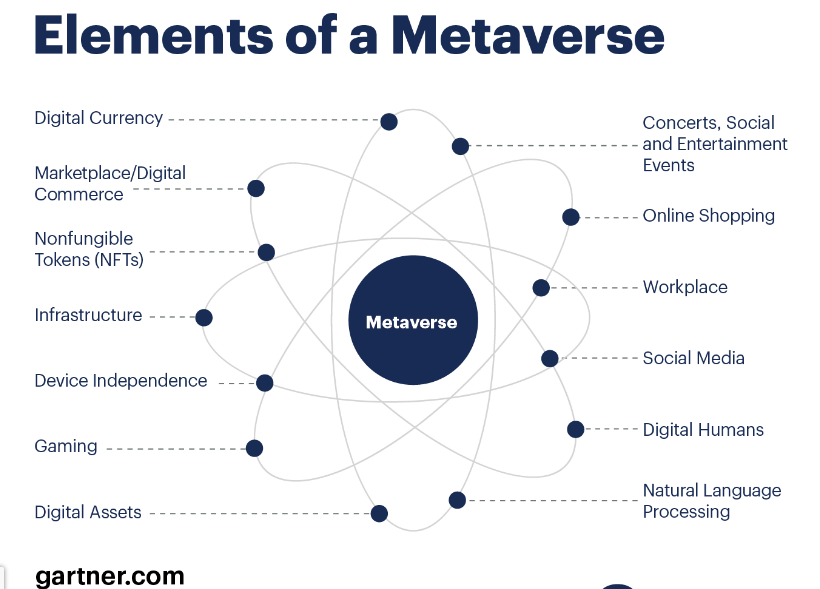The Web and its Different Versions: Aligning the Web2 and Web3 Dichotomy

Several Web3 proponents have gone ahead to what the web takeover. Without needing to delve into the deficiencies of all the webs, it is good to correct the assertion that web3 is not an ‘evolution’ of web2. John Mc Keown explained that what has been termed a modification does not show the necessary backward compatibility.
“Beyond each having a registry identification process (Web 3 uses Blockchain, Web2 uses ICANN, ccTLD, etc.), Web3 not only doesn’t have a readily available Metaverse community to scale the exposure of owner content attached to Web3 domains (such as browsers and search engines), but it is also not immediately backward compatible with the various providers in the Web 2 space the way Web 2 was when it embarked on its journey from Web 1.0,” said Keown.
The playing field needed to exploit the web3 is still in the making. The Metaverse will act as the digital representation of our everyday lives. But the reality is objective. Having this thought should be a reminder to web3 propagators. Web3 might thrive in the virtual world as it relates to Metaverse elements.

However, web2 users like Twitter and LinkedIn may still function as the big players in the real world. So here, saying that web3 will replace web2 implies that a virtual world will replace reality. Is that possible?
Can the Web Be Fully Democratized?
While discussing web2, there are some misconceptions regarding giant firms such as Google, Amazon, Meta, Microsoft, etc. There’s the idea that these firms are controlling and have dominated the web, exploiting other users. The idea that the web3 is decentralized has played its role in condemning these firms.
Author of Signal Protocol, Moxie Marlinspike, asserted that Web3 is not as decentralized as it appears. He mentioned the cryptocurrency industry’s consolidation: Alchemy and Infura control the majority of Blockchain application programming interfaces. He also noted that Binance, Coinbase, MetaMask, and Opensea hold the majority of cryptocurrency exchange traffic. This trend is also like what we have on the web2. Just as Google, Amazon, Meta, and Microsoft dominate the web2, the web3 also has its dominators.
We can rightly judge that these businesses are merely customers like every other user. However big and strong they may appear, they are still users.
Explaining further on decentralization, John Mc Keown noted that the “notion of Web 3.0 as an angelic savior overtaking the centralized demon, Web2 is blurred.” According to his, the Blockchain trade blockade between countries contradicts the notion of decentralization.
“Users have voiced their discontent with the inability to access Blockchain assets. Until a collector in Syria can buy an NFT from one in North Korea, and sell it on to one in Iran, using an exchange incorporated in the U.S. (irrespective of ‘Uncle Sam’ policy at the moment), then we don’t have a fully decentralized blockchainverse and by inference, Web 3.0,” said Keown.
How can there be true decentralization if the sovereign authority at an exchange location can successfully prevent it?
African Nations’ Alignment to the Web
Web3 will similarly disrupt Africa as seen in other regions. Web3 startups, including Jambo, Nestcoin, and Axie Infinity, are increasing web3 penetration in Africa. Africa is one of the world’s fastest-growing cryptocurrency marketplaces. In 2021, Kenya, Nigeria, Togo, South Africa, Ghana, and Tanzania were among the top 20 nations in the Global Crypto Adoption Index. Fintech and Defi’s expertise in Nigeria shot up almost overnight until the crypto-ban.
Banning crypto trading goes against the preparation for the following big things (web3). African nations must align themselves through exemplary policy implementation to reap the benefits of the web versions. Trading crypto in secret won’t grow Africa’s economy; the time to adopt tech wholeheartedly is now.
